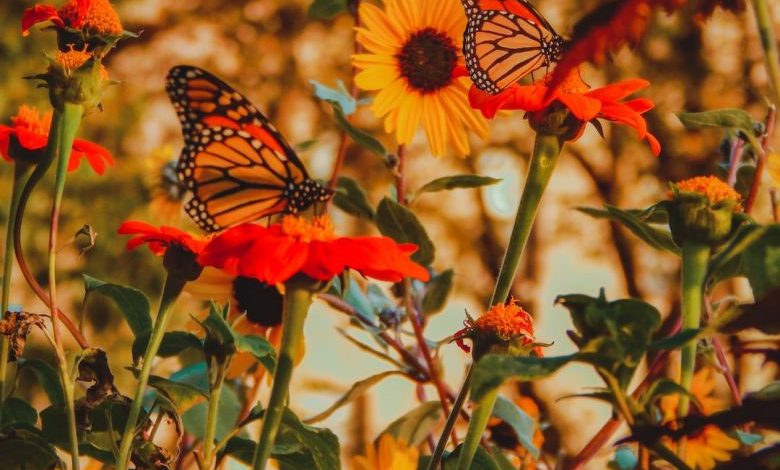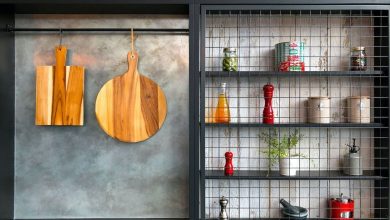How Can I Create a Butterfly Garden?

Butterflies are not only beautiful creatures, but they also play a vital role in pollination. Creating a butterfly garden in your backyard is not only a wonderful way to attract these delicate insects, but also an opportunity to contribute to the conservation of their habitats. In this article, we will guide you through the steps to create a butterfly garden that will not only provide a habitat for these creatures but also be a stunning addition to your outdoor space.
Choosing the Right Location
The first step in creating a butterfly garden is choosing the right location. Butterflies are cold-blooded insects and rely on sunlight to warm their bodies. Therefore, it is essential to choose a location that receives at least six hours of direct sunlight each day. Additionally, the chosen area should be sheltered from strong winds to prevent butterflies from being blown away.
Selecting the Right Plants
The key to creating a successful butterfly garden lies in selecting the right plants. Butterflies are attracted to nectar-rich flowers, so it is important to choose a variety of flowering plants that bloom at different times throughout the year. This will ensure a continuous food source for the butterflies. Some popular choices include milkweed, marigolds, butterfly bush, and zinnias.
Providing Water Sources
In addition to nectar-rich flowers, butterflies also require a water source to survive. To create a butterfly-friendly environment, provide shallow dishes of water filled with rocks or pebbles for them to perch on. This will allow them to drink water and absorb necessary minerals.
Creating a Butterfly-Friendly Habitat
Butterflies need more than just food and water to thrive. They also require suitable shelter and protection. To create a butterfly-friendly habitat, consider incorporating some of the following elements:
1. Host Plants: Butterflies lay their eggs on specific host plants that serve as food for the caterpillars. Research the butterfly species native to your area and include their host plants in your garden.
2. Shelter: Butterflies need shelter from harsh weather conditions and predators. Planting trees and shrubs can provide them with a safe place to rest and seek refuge.
3. Puddling Areas: Butterflies often gather in groups to puddle, which is the process of drinking water and absorbing minerals from damp soil or sand. Create a designated puddling area by mixing sand, soil, and a small amount of salt.
Avoiding Pesticides
Pesticides can be harmful to butterflies and other beneficial insects. To create a truly butterfly-friendly garden, avoid using chemical pesticides and opt for organic alternatives instead. You can also encourage natural predators, such as ladybugs and lacewings, to control pest populations in your garden.
Maintaining Your Butterfly Garden
Once your butterfly garden is established, it is important to maintain it properly. Regularly inspect your plants for pests or diseases and take appropriate action to prevent them from spreading. Deadhead spent flowers to encourage new blooms and remove any weeds that may compete with your butterfly-friendly plants.
Attracting Butterflies
Once your butterfly garden is ready, it’s time to attract these beautiful creatures. Butterflies are attracted to bright colors and fragrant flowers. Plant a variety of flowers in different colors to create an enticing display. Additionally, placing flat stones or logs in your garden will provide warm spots for butterflies to bask in the sun.
Conclusion
Creating a butterfly garden is a rewarding endeavor that not only adds beauty to your outdoor space but also provides a safe haven for these delicate creatures. By choosing the right location, selecting the right plants, and providing essential elements such as water sources and shelter, you can create an inviting habitat for butterflies. Remember to avoid pesticides and maintain your garden regularly to ensure its success. So, why wait? Start creating your own butterfly garden today and enjoy the colorful presence of these enchanting insects.




